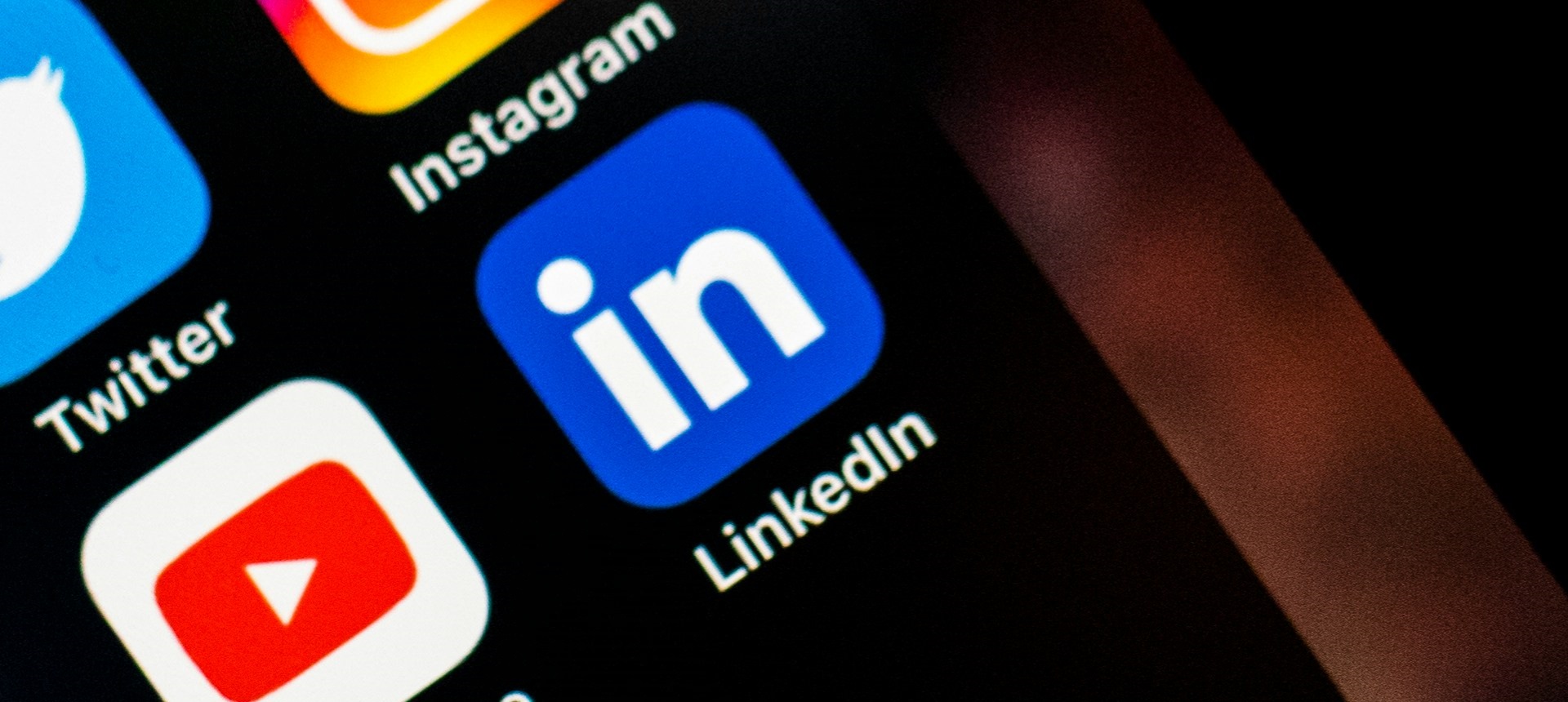If you’ve spent any time in the tech industry, and if you’re reading this blog it suggests you may have, there’s a good chance you received an email or two from Bill Gates during the noughties. I still have a few in my mail archive.They were long, forward-focussed monologues on the state of the industry, the trajectory technology found itself on and how Microsoft was helping shape the future. He may still send them. I unsubscribed years ago. No offence, Bill. But a 1,500+ word email on the state of things in IT written in a tight corporate style and no jokes just didn’t work for me.
While there’s little doubt the Microsoft founder had a hand in crafting some of the messaging, the long (long) form and the dry language didn’t connect because it didn’t engage. Partly because it was so flat but also because associating the message so strongly with Bill Gates didn’t work so well at a time when the Microsoft brand and its founder perhaps had fewer fans than they do today.
Talking, not broadcasting
Round about 2004, some people inside Microsoft investigated a new way of communicating with developers, consumers and businesses. They wanted to look at a different way of talking about what the company was developing, the products it was working on and the things that mattered to its employees.
The result was Channel 9, the company’s first corporate ‘blog’ which featured developers rather than senior executives as the company’s voice.
The aim was authenticity and the audience was internal as much as external. The name Channel 9 was a reference to a United Airlines audio channel that let passengers listen to the conversations taking place in the cockpit. The theory was that being able to hear unfiltered discussion between pilot and co-pilot might calm nervous flyers.
Still running today, Channel 9 since its launch has championed the idea of open, unfiltered conversations between customers and normal Microsoft employees. It marked a significant departure from communications controlled by the company’s fearsome PR engine and allowed customers access to the thoughts and ideas of developers and product experts.
As Channel 9 developed it featured accessible, conversational content with formats including video, discussions, podcasts and screencasts… as well as the occasional interview with a senior executive.
The purpose was to reveal the real, human faces behind the corporate machine, which despite its size, power and reputation, still had modest, human-driven goals – to enable businesses to grow and thrive and to put a PC on every desk in every home.
Channel 9’s manager Lenn Pryor claimed the blog adventure helped reverse negative perspectives about the company in six months.
Engagement with customers was the key. Pryor is reported as saying that while Microsoft could start the conversation, it wouldn’t have worked if Microsoft “controlled the conversation”.
The result is proof that talking is more powerful than broadcasting.
–
Follow us on Twitter – @ColContent








